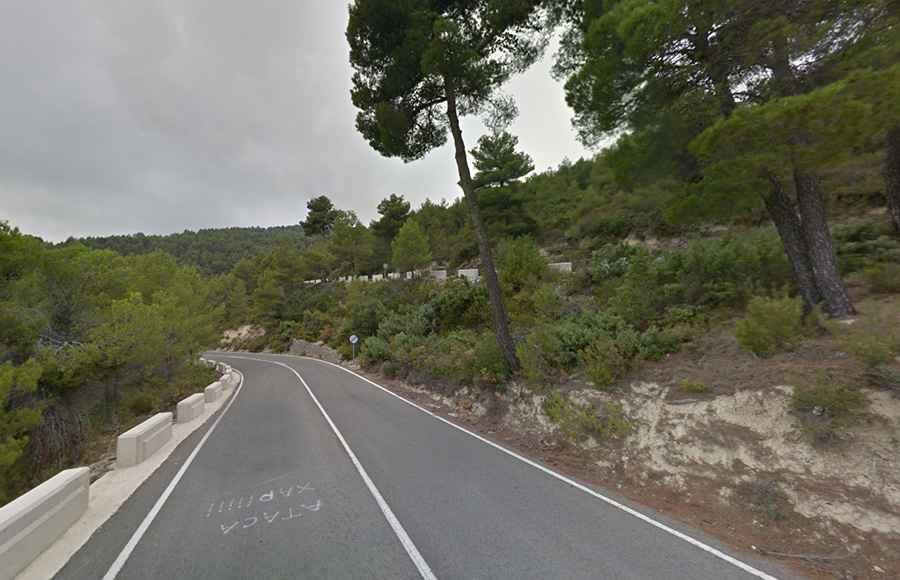Driving the curvy paved road to Port de Tudons in Alacant
Port de Tudons is a mountain pass at an elevation of 1,030m (3,379ft) above sea level located in the province of Alicante, in Spain. It is the most popular mountain pass near the city of Alicante and it has been featured in the Spanish Vuelta race.

Where is Port de Tudons?
The pass is located in the southern part of the Valencian Community, in the eastern part of the country.
Is Port de Tudons paved?
The road through the pass is fully paved. It’s called CV-770. Running through pine forests, the road is very scenic yet challenging, as it features 15 hairpin turns and very steep parts, hitting a 13% maximum gradient through some of the ramps. It has a moderate risk of rock slides.
Why is Port de Tudons so popular?
The pass is one of the most popular cycling climbs in the Valencia Community and it has gained notoriety as the starting point for the challenging Alto de Aitana, the highest spot in the whole province of Alicante. Avoid the weekends during the summer season anyways (too hot and lots of riders and cars).
How long is Port de Tudons?
The road through the pass is 17km (10.5 miles) long, running south-north from Sella (in the comarca of Marina Baixa) to Alcoleja (in the comarca of Comtat).
Is Port de Tudons open in winter?
Set high in the Sierra Aitana mountain range, the road through the pass is open all year-round. However, during the months of December, January, and February, temperatures plummet and long-lasting frosts occur. This mountain pass has a Mediterranean climate with a slight continental influence due to the relatively high average elevation. In almost every winter, if not all, the pass experiences heavy and prolonged snowfalls, with snow depths exceeding 20 cm. Snowy days range between 4 and 8 throughout the winter. Summer temperatures are mild to hot, reaching over 30°C, while minimum temperatures can drop to -5°C in winter. Precipitation (as in much of the mountain range) ranges between 300 mm and 900 mm, with more than 800 mm annually occurring only in exceptional cases.